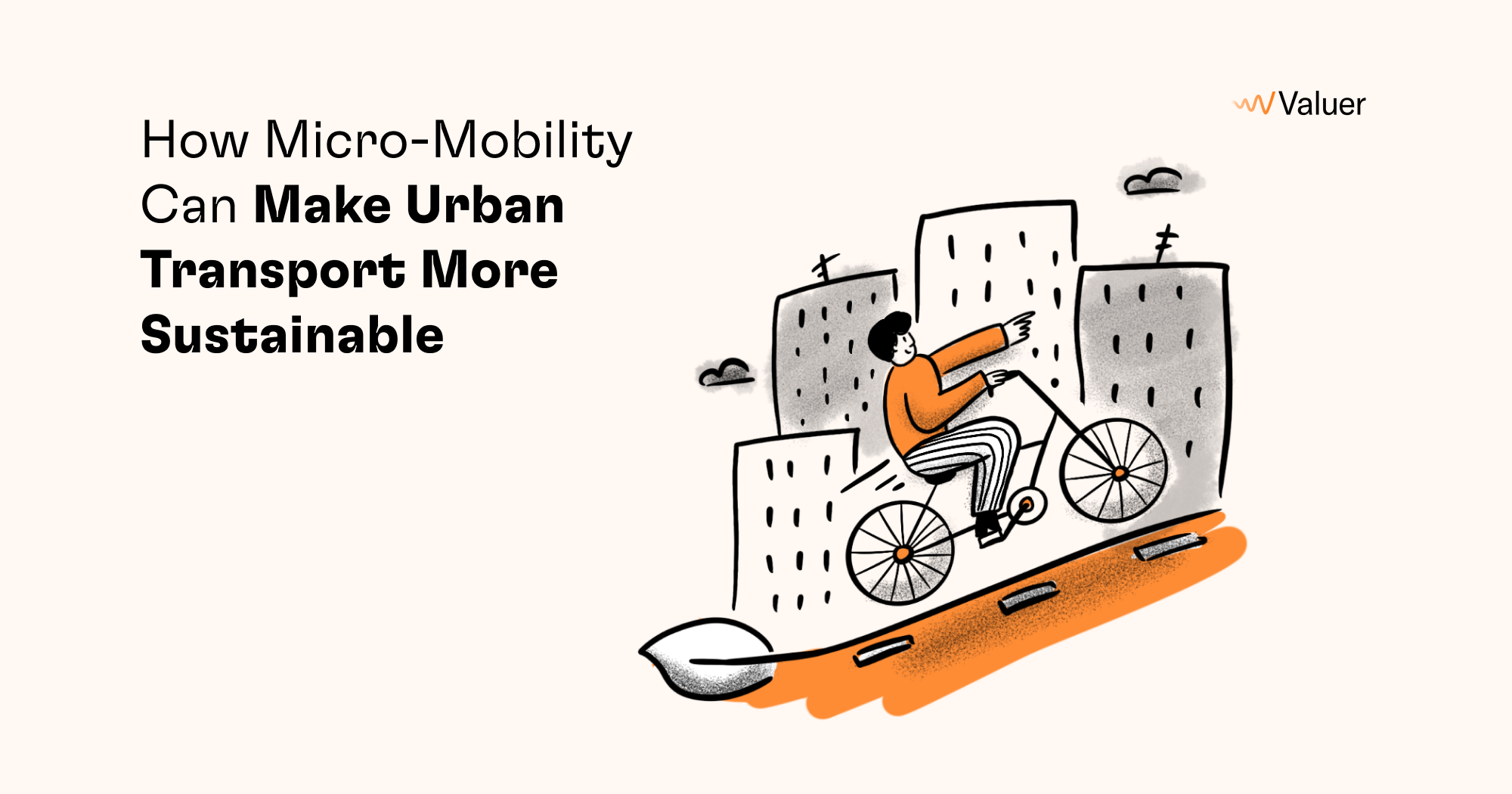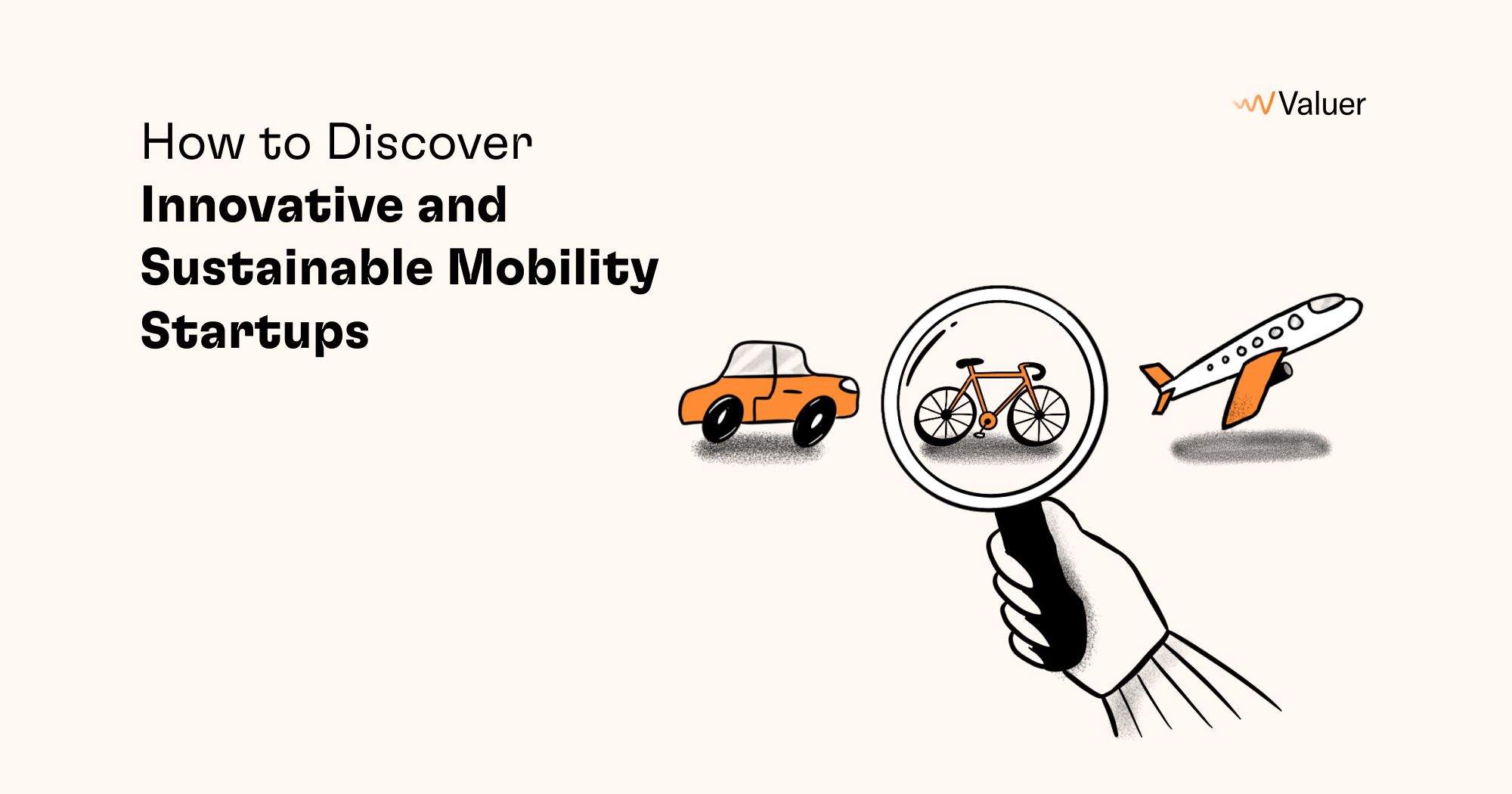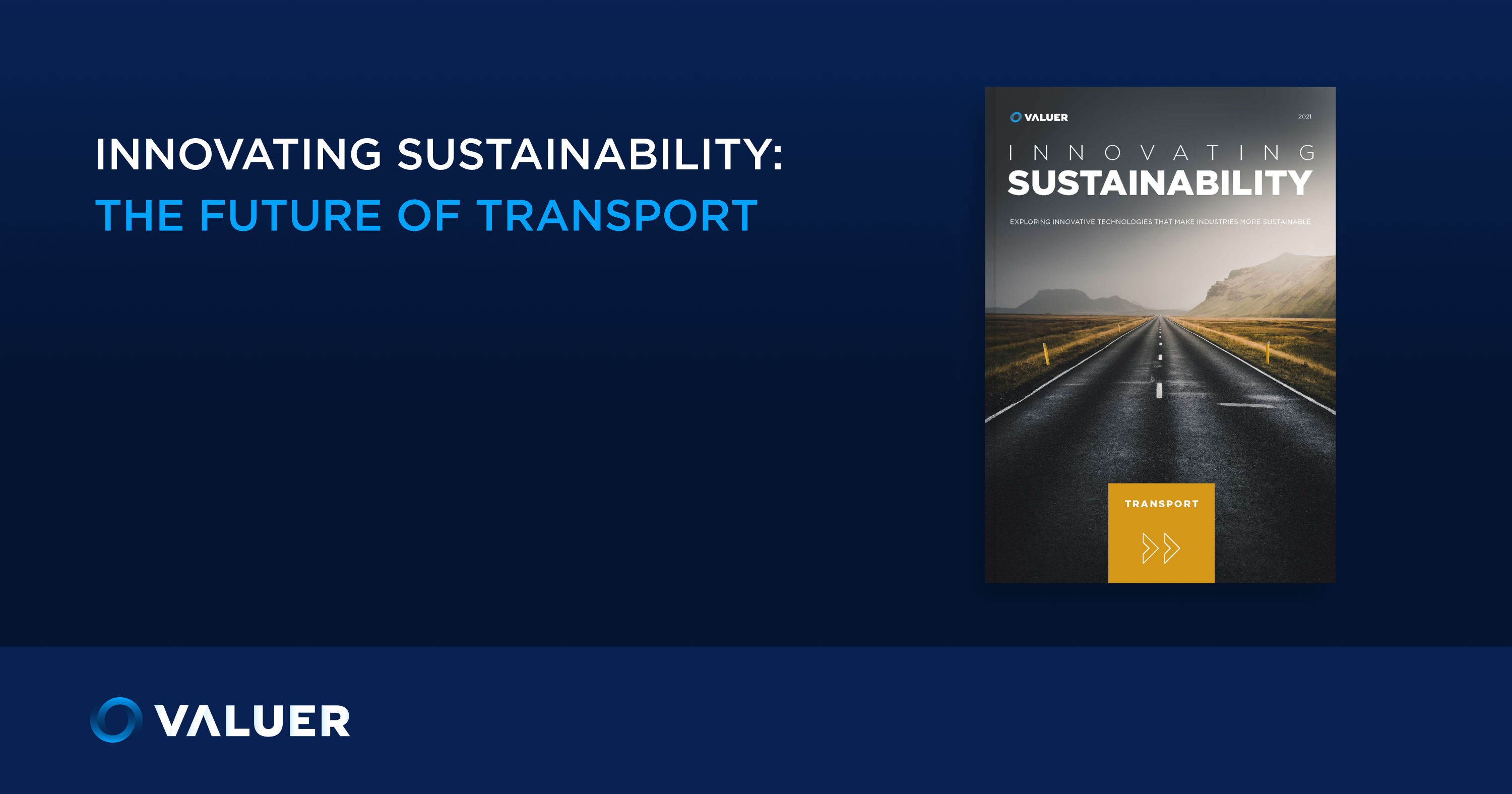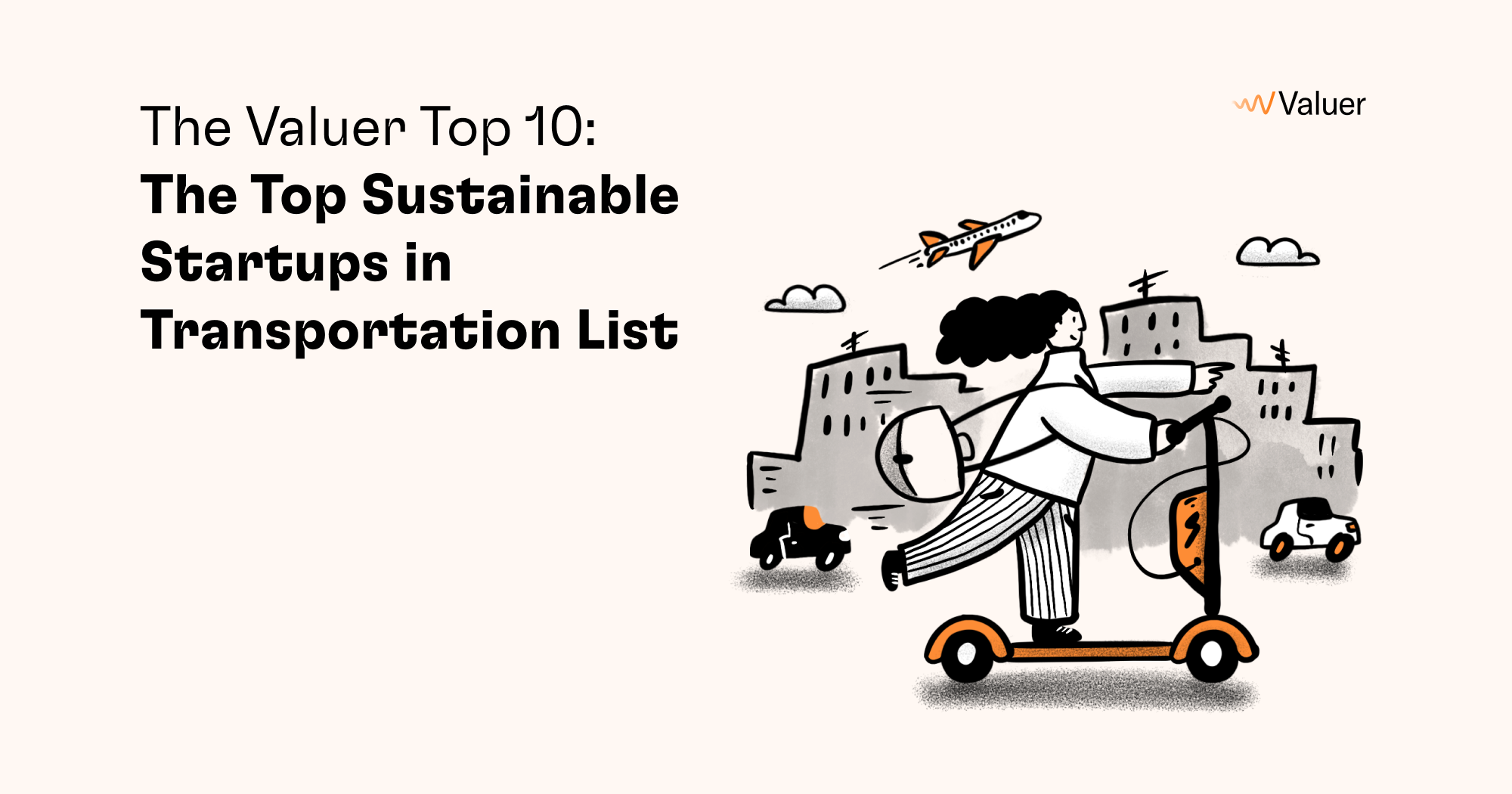Let’s cut to the chase: in 2020, 41% of CO2 emissions in the transport sector came from passenger cars. Buses and minibusses accounted for only 7%, and aviation - the demonized polluter - accounted for 8%.
This means that however you put it, cities - or more specifically, the way we commute in cities: one car, one passenger - is a major global pollutant. In Europe alone, transport accounts for 30% of CO2 emissions, and a whopping 72% of that can be attributed to road transportation. Beyond that, cities are growing congested with traffic and pollution, and frustration is not the only thing on the rise. In 2019, it was estimated that 1.8 million deaths in cities globally could be attributed to air pollution.
Let’s forget those numbers for a minute and redirect our attention to something that sounds more hopeful– sustainable mobility. Sustainable urban mobility trends in 2022 are on the rise and will continue to be a focal point of urban development in the following years. The future of urban mobility lies in greener, cleaner, more affordable, and more sustainable modes of transportation and infrastructure.
[Related Article - How to Discover Innovative and Sustainable Mobility Startups]
Companies and governments are pooling resources in technologies and startups that improve sustainable mobility and the day-to-day commute of urban dwellers. So let’s see what’s set to change and improve in 2022 on the road to a sustainable future of urban mobility.
Top sustainable urban mobility trends
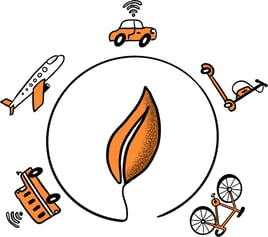
Micro-mobility
Urban mobility, as opposed to urban transport, refers to the financial and logistical accessibility of residents to transportation devices and services that allow them to travel throughout a city with ease. Micro-mobility, in turn, refers to the transport of individuals to different parts of the city with the help of lightweight, (usually) single-person vehicles.
This includes privately owned or rented vehicles such as bicycles, e-bikes, scooters, e-scooters, etc. that do not use an internal combustion engine like cars or motorcycles, and their top speed is no greater than 25km/h or 45 km/h. Another important facet of micro-mobility is that it optimizes an individual’s accessibility to the whole city.

This urban mobility trend is at the top of our list because micro-mobility is sustainable on all three counts: environmentally, economically, and socially.
For starters, micro-mobility vehicles either use human-generated power or electricity and have no tailpipe emissions, which ticks off the environmental factor.
Economically, they are generally quite affordable, which means that they are accessible to individuals with a limited income.
Socially, micro-mobility requires the right infrastructure and logistics that allow people to travel throughout the city for work, health, and social needs without difficulty. This means devoted lanes, parking spaces, accessibility to public transportation like metro stations, etc.
What are some micro-mobility companies?
Electric urban transport
It’s not just e-bikes and e-scooters that fall under the umbrella of electric urban transport. Electric vehicles such as electric cars and hybrids, delivery trucks, mopeds, and motorcycles are included in this sustainable mobility category. Neither families nor businesses can’t fully rely on single-person modes of transport for urban mobility.
 Generally, EVs use batteries, though in terms of sustainable mobility, where that energy comes from is important when categorizing an EV as “clean.” At the very least, electric urban transport vehicles have no tailpipe emissions. Except for batteries, sustainable vehicles may draw energy from solar panels and hydrogen fuel cell batteries. Though the latter are still largely in development, companies are getting ready - Hyundai is hoping to launch hydrogen fuel cell versions of all their commercial models by 2028.
Generally, EVs use batteries, though in terms of sustainable mobility, where that energy comes from is important when categorizing an EV as “clean.” At the very least, electric urban transport vehicles have no tailpipe emissions. Except for batteries, sustainable vehicles may draw energy from solar panels and hydrogen fuel cell batteries. Though the latter are still largely in development, companies are getting ready - Hyundai is hoping to launch hydrogen fuel cell versions of all their commercial models by 2028.
What are some electric urban transport companies?
Mobility as a service (MaaS)
Mobility as a service (MaaS) is a really interesting user-centric model that makes integrated urban mobility efficient and accessible by allowing passengers to plan, pay for, and book their trips with the use of smartphone apps. Imagine being able to pre-plan and pre-pay your journey. You can mix and match transportation means, pay for your tickets, and show confirmation codes all from your phone.
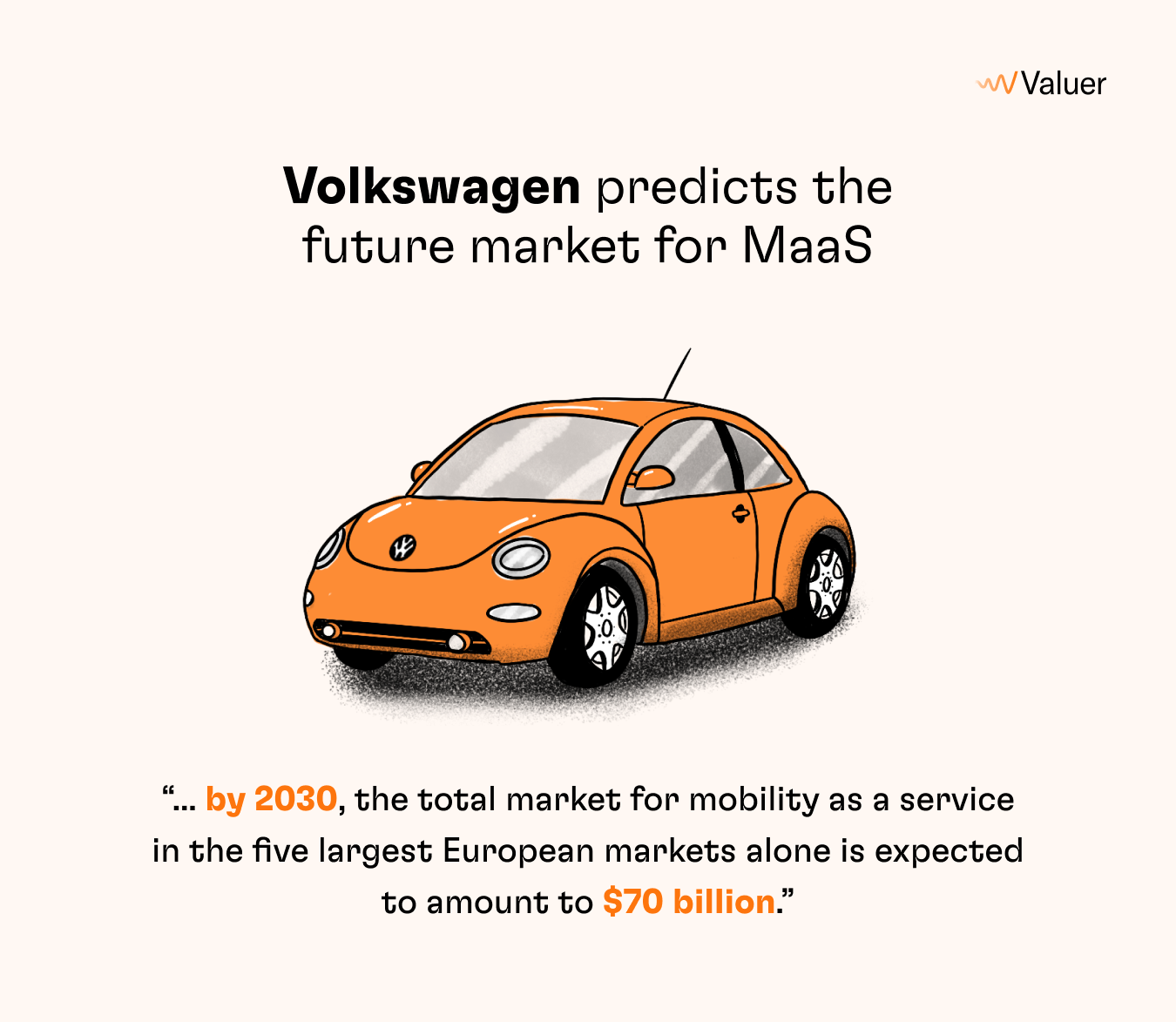
That’s what MaaS can do - allow you to combine a bus or metro ride with ridesharing services, bicycle/e-bike, e-scooter, or any other rentable vehicle like car or moped to get where you need to go. It’s sort of like when Google Maps helps you plan a route, but this also includes payment and ticketing.
The MaaS model varies based on the company, but in general, it combines private and public transport. The payment system also depends on the particular company in question - it may be a pay-as-you-go or subscription model. Some would say that MaaS at its best is “a Netflix for mobility.”
MaaS is a big urban mobility trend because it moves away from a personally-owned vehicle model onto a shared transportation model. In a way, this unified digital gateway allows users to combine the cost and reduced personal carbon footprint of public transport with their individual needs. In a nutshell, what MaaS provides is simplified payments, easy route planning, and personalization.
For all this, MaaS has secured its place in the future of urban mobility and in the future of sustainability. Volkswagen, for instance, is integrating MaaS in its NEW AUTO strategy of autonomous urban transport and plans to have the software up and running by 2030. If that weren’t enough, the auto-manufacturing giant has the following prediction regarding MaaS:
“Future profit pools are very promising: by 2030, the total market for mobility as a service in the five largest European markets alone is expected to amount to $70 billion.”
The less sustainable mobility subset of MaaS is ridesharing or ride-hailing - services like Uber or Lyft that basically replace professional taxi drivers with unlicensed people. Unless there are four or five people in a car, it’s not really a mode of transport that contributes to less traffic congestion and pollution - though the latter could be remedied by the use of electric cars. Yet, this is also the subset that seems to be hauling in the most money. A Guidehouse insights report estimates that in 2030, the global revenue from ride-hailing will be $3.4 trillion and that robotaxis (driverless taxis, autonomous vehicles) would account for 13.1% of that.
What are some MaaS companies?
Public Transportation
“Public transport” and “environment” often go hand-in-hand - no matter the sort of engine that a bus will use, it’s still more sustainable than a car. So while public transport has always been the staple of urban mobility, it’s also always been one of the less polluting modes of urban transport. That’s why we can’t really say that public transport is a trend in 2022 - that would be almost like saying that sleeping in beds is “in” - but we can say that it’ll be a year of growth, change, and new urban mobility trends in the industry.
By definition, public transportation is a service that places group travel vehicles like buses, metros, trains, and trams within a travel system that is bound by locations and schedules. But today, public transportation is becoming a key component of integrated mobility solutions.
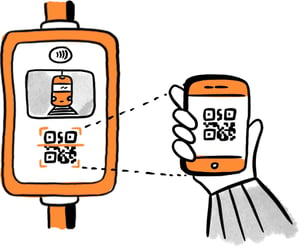
There is a growing presence of smart transport platforms - MaaS platforms, in fact - that allow users to book and purchase public transit tickets online. So, software and public transportation are on track for a budding relationship - not that there haven’t already been many developments in the field.
Versatile new apps and platforms are simplifying urban mobility. Some apps have very specific purposes - you buy tickets to the metro in a given city - while other, larger platforms source information from multiple databases to provide a more all-encompassing, integrated urban mobility solution that could work anywhere - with a few tweaks.
Lastly, public transportation in some countries is slowly but surely becoming a part of electric urban transport. A UK government project has invested nearly £200 million to provide nearly 1,000 electric public buses in a bid to mitigate tailpipe emissions. What’s more, a Transit Value Index report found that 52% of Americans want to see more sustainable public transit options, which may refer not only to e-bikes and e-scooters but also to public transport EVs like buses.
What are some public transportation companies?
New infrastructure and smart mobility
It hasn’t been just about planes, trains, and automobiles for a while now - the shift towards accessible urban mobility, micro-mobility vehicles, electric urban transport, and other types of sustainable mobility require that cities implement new infrastructures. In 2018, the UN made a projection that by 2050, 68% of the global population will live in urban areas. With the way most cities look today, that would be completely unmanageable. Laying the foundations and implementing smart urban mobility solutions now is critical.
So how can smart mobility help in the process of developing new infrastructures? According to Smart Cities World:
“Smart mobility involves leveraging technology and innovation to manage multiple forms of transport in more efficient, resilient and sustainable ways, making best use of available capacity, ensuring continuous mobility services despite disruptive incidents and encouraging the take-up of greener options.”
What’s more, all those micro-mobility and electric urban transport vehicles we talked about come with their own requirements. This means new lanes, bicycle racks, parking spaces, charging stations, on-the-go battery change facilities, etc. For instance, in many cities, the e-scooter has arrived - but riders are forced to use car lanes or pavements to drive, which can be dangerous for all commuters.
Finally, when we’re talking about a new infrastructure for sustainable mobility, we need to look beyond mobility trends, vehicles, and lanes to make transportation cleaner. The best natural way to do this is through green areas that help to clean the air from any residual pollutants. Therefore, more green areas need to be integrated into cities if we want sustainable urban mobility.
What are some smart mobility companies?
Autonomous vehicles
You’ve heard this a million times, so we won’t linger too long on the subject. But in a nutshell, autonomous vehicles really seem to be nearing that point where they can be integrated with urban mobility in a safe and sustainable manner. Autonomous vehicles are self-driving or driverless transportation devices that use sensors, GPS, etc., to navigate and ensure the safety of other traffic participants.
[Download our free report - Mobility Industry Insights]
But how are autonomous vehicles a part of sustainable mobility? For one, they would reduce traffic congestion which would mean less pollution. Plus, these vehicles are oftentimes electric which also reduces carbon emissions, so they would be joining the industry of electric urban transport. Furthermore, a lot of AV projects are created with ridesharing in mind, which means optimizing the capacity of a vehicle to transport passengers. Lastly, AVs would be socially sustainable by offering transportation in under-served areas.

In any case, a lot of research and funding has been devoted to developing autonomous vehicles, though, so far, they’ve only been used in warehouse transportation. Well, now it seems we’re at the cusp of change.
In 2021 and this year, Ford and Lyft are collaborating on an autonomous ride-hailing vehicle project. The pilot program has released these vehicles (safety drivers included) in Miami, Florida, in 2021 and will do the same in Austin, Texas, in 2022. Starting in April of last year, an autonomous, self-driving shuttle was tested for three months at recreational public lands, also in the US.
The future of mobility
We already talked about some of the top mobility trends in 2022, but what is the future of transportation? Well, as one of the most polluting industries, the future of mobility is closely tied to the future of this planet, which needs to become a lot greener.
Transport and the environment need a healthier relationship. We talked about how to make urban mobility more sustainable, but global transportation also needs a makeover if we want to reduce emissions and mitigate climate change.
 Only in the US was the transportation sector responsible for 29% of all greenhouse gas emissions in 2019, and passenger cars were the sector's biggest polluters. So, for cleaner cities and a cleaner world, the future of mobility needs to be sustainable.
Only in the US was the transportation sector responsible for 29% of all greenhouse gas emissions in 2019, and passenger cars were the sector's biggest polluters. So, for cleaner cities and a cleaner world, the future of mobility needs to be sustainable.
Smart cities and micro-mobility are likely to shape the logistics that our urban planners implement in today’s blueprints for tomorrow’s citizens. The urban mobility trends we covered indicate that governments, companies, organizations, and citizens are all working towards cities with less pollution, less congestion, more accessibility, and better infrastructure.
.png?width=103&height=103&name=Untitled_Artwork%20725%20(2).png)
